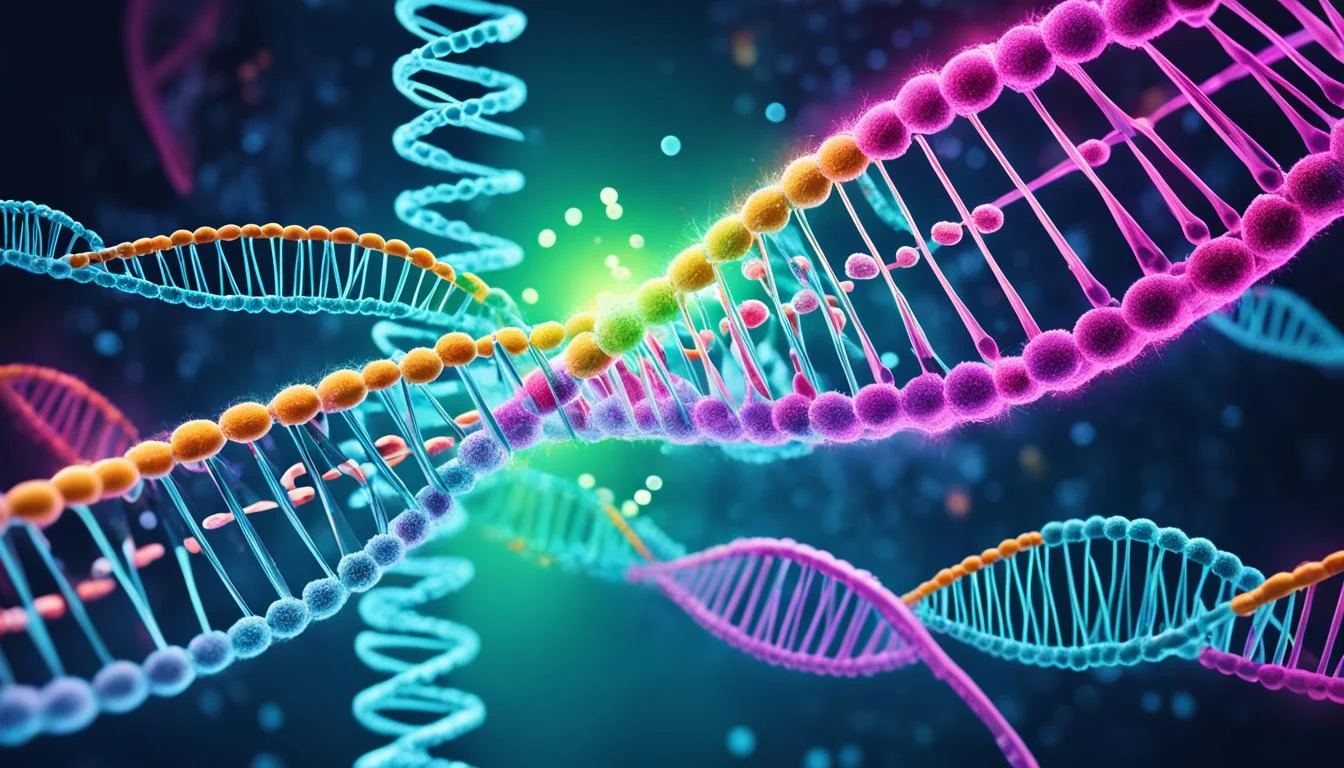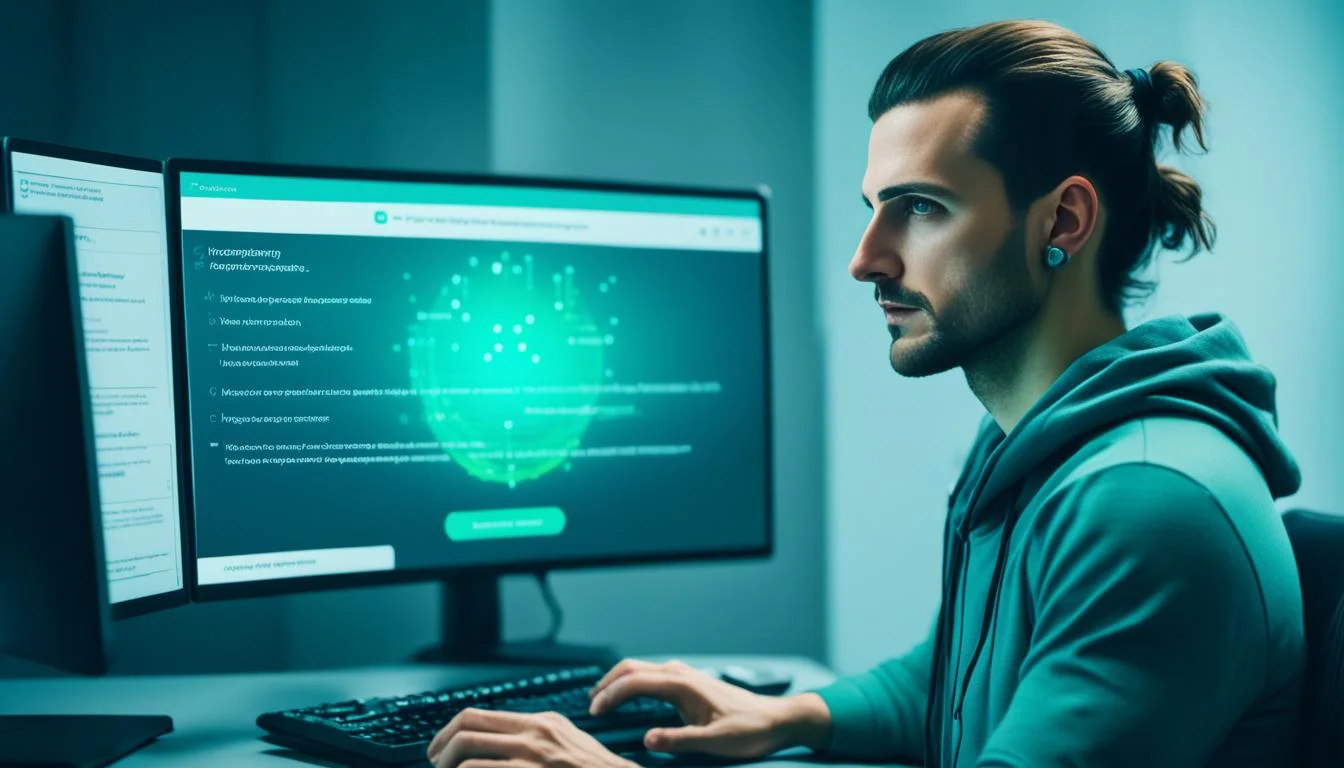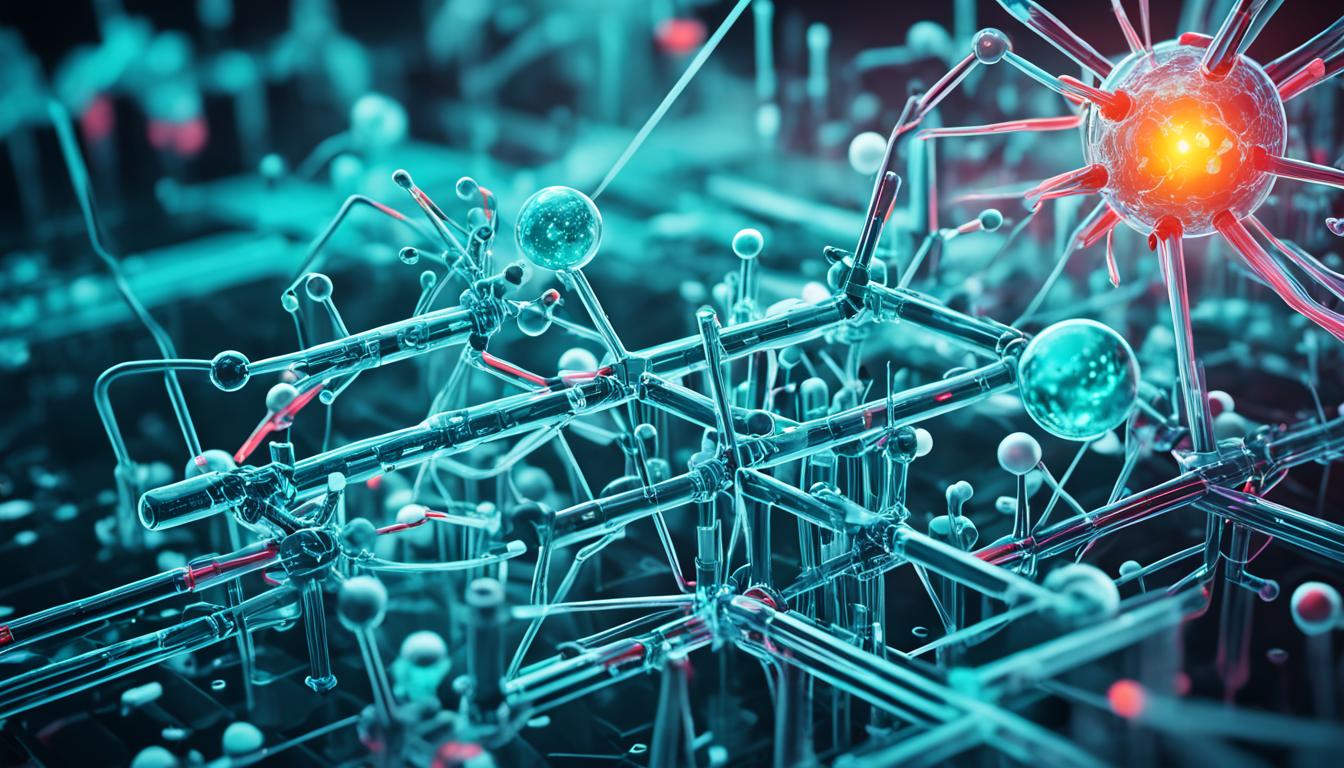
As the world of Web3 continues to evolve, the rise of decentralized autonomous organizations (DAOs) has become a topic of growing importance. These community-driven, blockchain-powered entities are poised to disrupt traditional organizational structures, ushering in a new era of decentralized decision-making, tokenized incentives, and trustless systems. If you’re curious about how to prepare for the DAO revolution, this article will provide you with the insights and strategies you need to position yourself for success.
DAOs are a novel way of organizing people around a shared goal, where decisions are made collectively by members through the power of blockchain technology. They differ from traditional organizations in their decentralized structure, where there is no single leader, and members have a direct say in the decision-making process. This emphasis on blockchain governance, decentralized decision-making, and smart contracts offers a compelling alternative to the hierarchical models of the past.
As the adoption of DAOs, tokenized incentives, and community-driven organizations continues to grow, it’s crucial for individuals and communities to understand how to prepare for this shift. By embracing the principles of Web3 collaboration, peer-to-peer networks, and consensus mechanisms, you can position yourself to thrive in the emerging DAO landscape.
Key Takeaways
- Decentralized autonomous organizations (DAOs) are a novel way of organizing people around a shared goal using blockchain technology.
- DAOs offer a decentralized, community-driven alternative to traditional organizational structures, with transparent decision-making and tokenized incentives.
- Preparing for the rise of DAOs by 2025 involves aligning your identity and purpose, selecting the appropriate blockchain platform, and defining your governance process.
- Minting and managing DAO governance tokens, creating a forum and proposal system, and determining the necessary tools and infrastructure are also key steps.
- Embracing the principles of blockchain governance, decentralized decision-making, and Web3 collaboration can help you thrive in the emerging DAO landscape.
Understanding Decentralized Autonomous Organizations (DAOs)
Decentralized autonomous organizations, or DAOs, are a revolutionary way of organizing people around a shared goal. Unlike traditional hierarchical structures, DAOs are decentralized, community-driven, and powered by blockchain technology. This innovative approach to collaboration and decision-making is shaping the future of how we work, invest, and create value in the digital age.
What are DAOs?
DAOs are self-governing, blockchain-based organizations where members collectively make decisions and manage a shared treasury. They are decentralized, with no single leader or central authority, and instead rely on community participation and transparent, on-chain voting processes to guide their direction.
Key Characteristics of DAOs
The defining characteristics of DAOs include:
- Decentralization: DAOs have no central leadership, and decisions are made collectively by members through voting.
- Community ownership: Members hold ownership stakes in the DAO through governance tokens, similar to digital shares.
- Blockchain-powered: Blockchain technology automates decision-making, ensures transparency, and provides a secure, immutable record of transactions and votes.
History and Growth of DAOs
The concept of DAOs was first proposed in the 1990s, but the necessary technology to make them a reality wasn’t available until the advent of blockchain and smart contracts. Wyoming made history in 2021 by becoming the first U.S. state to legally recognize DAOs. Since then, the growth of these decentralized organizations has been rapid, with the number of active DAOs skyrocketing from around 10 in 2018 to over 10,000 today.
Key Stats about DAOs
According to 2024 data, the DAO ecosystem has experienced remarkable growth:
| Metric | Value |
|---|---|
| Total Number of DAOs | Over 10,000 |
| Total Treasury Funds | $38.6 billion |
| Governance Token Holders | 10.1 million |
| Active Voters | Over 3.1 million |
These statistics underscore the rapid evolution and widespread adoption of DAOs, which are poised to play an increasingly significant role in the Web3 ecosystem.
Types and Applications of DAOs
DAOs can be organized in different ways, including by their focus and hierarchy. Understanding these distinctions can help you better align your DAO’s purpose and structure as the ecosystem continues to evolve.
Focus: Technically-oriented vs. Socially-oriented DAOs
Technically-oriented DAOs focus on building applications and tools within the cryptocurrency space, with decisions made through voting on the blockchain itself. For example, Uniswap is a technically-oriented DAO that allows users to vote on protocol changes. In contrast, socially-oriented DAOs aim to bring people with similar interests together to connect, chat, and collaborate, with voting happening outside the blockchain or not at all. Friends With Benefits is a prime example of a socially-oriented DAO.
Hierarchy: Network State, Society, Community, Group
DAOs can also be organized by hierarchy and size. At the top, a Network State is a large, highly organized community with formal recognition, similar to a country. Below that, a Society is a large group with a broad common interest, such as cryptocurrency enthusiasts. A Community is a large group focused on a specific project, goal, or interest, like a DAO for building a new open-source game. Finally, a Group is a smaller, close-knit group like friends, family, or a gaming team, such as a DAO for managing a shared investment portfolio among friends.
Purpose: Protocol DAOs, Investment DAOs, Grant DAOs, and more
DAOs can be formed for a variety of purposes, each with their own unique characteristics and applications:
| DAO Type | Purpose | Examples |
|---|---|---|
| Protocol DAOs | Allow power transition from core teams to the community, with governance tokens providing holders with rights over protocol decisions | Compound, Uniswap |
| Investment DAOs | Allow members to decide where to invest funds and decentralize the investment process | DuckDAO, CityDAO |
| Grant DAOs | Used for nonprofit donations and capital deployment in web3 | Gitcoin, Sevens Foundation |
| Philanthropy DAOs | Aim to create impact in web3 with a shared purpose | Big Green DAO |
| Social DAOs | Focus on social capital and community collaboration | Rekt, Friends with Benefits (FWB) DAO |
| Collector DAOs | Make NFT acquisition easier and more accessible | FlamingoDAO |
| Media DAOs | Reinvent traditional media platforms with community-driven content | BanklessDAO, Decrypt |
| Creator DAOs | Fractionalize NFTs to distribute ownership to fans | Mirror, Zora |
| Talent Allocation DAOs | Act as blockchain-native talent agencies | Opolis, DAOhaus |
| SubDAOs | Manage specific functions within larger DAOs | e.g., operations, partnerships, marketing, treasury, and grants subDAOs |
This diverse array of DAO types demonstrates the flexibility and potential of this organizational model to address a wide range of needs and interests within the Web3 ecosystem.

How can I prepare for the rise of decentralized autonomous organizations (DAOs) by 2025?
Align Your DAO Identity and Purpose
The first step in preparing for the rise of DAOs is setting your DAO’s purpose. This is your mission statement and unites your community around a common interest or goal. Work closely with your founding team to build a community where people want to be, and prioritize engagement over growth. Creating a distinct brand identity will help define your purpose and develop your community, user base, media coverage, and reputation in Web3.
Select the Appropriate Blockchain Platform
Choosing which blockchain to use is important in determining the direction of your organization. Because DAOs have no central leadership and voting on proposals often occurs on-chain, blockchain ledgers help keep the inner workings of the organization transparent and immutable. Ethereum and Polygon are popular blockchain options for DAOs, and you should consider gas fees, security, and scalability of the network when making a decision.
Define Your DAO’s Governance Process
Next, define how your DAO will make decisions and who can make those decisions. Creating an effective structure will determine how engaged your community is and how efficient and safe the process will be. DAOs can use token-based voting, where the more tokens a member holds the more weighted their vote, or wallet-based voting, where each member gets one vote per wallet. Many DAOs start with wallet-based voting before creating a governance token.
Mint and Manage DAO Governance Tokens
If you decide to use a token-based voting system, you’ll need to mint and manage your tokens. Some projects choose to sell non-fungible tokens to allocate membership, while others create a native token to simplify the process. You’ll need to determine the maximum supply of tokens, the circulating supply, and how they will be distributed and traded. It’s important to consider the legal implications of token-based voting before going down that route.
Create a Forum and Proposal System
A DAO proposal is an idea that a community or DAO member wants the DAO to consider. Proposals should be fully formed ideas that have moved beyond the brainstorming phase and are ready for the community to evaluate. These proposals should go on a forum where open discussion is encouraged for those who get to vote. DAOs need to set a minimum participation of voters, or quorum, along with a pass rate, or the number of affirmative votes needed to pass a proposal, and a voting period.
Determine DAO Tools and Infrastructure
The software, applications, and smart contracts a DAO uses to run are referred to as DAO tooling. This includes tools for communication (e.g., Discord), treasury management (e.g., Gnosis Safe), voting and proposals (e.g., Snapshot), and more. Coordinating the use of these tools will be key as your DAO grows and becomes more complex.
Conclusion
The rise of decentralized autonomous organizations (DAOs) by 2025 presents both challenges and opportunities for individuals and communities. By understanding the key characteristics of DAOs, their various types and applications, and the steps to prepare for their growth, you can position yourself and your community to thrive in the emerging Web3 ecosystem.
From aligning your DAO’s identity and purpose to defining the governance process and selecting the right tools, there are numerous considerations to address. Embracing the decentralized, community-driven model of DAOs can unlock new possibilities for collaboration, innovation, and shared ownership in the digital age.
As the blockchain and cryptocurrency landscape continues to evolve, the role of DAOs in shaping the future of work, finance, and social interaction becomes increasingly profound. By staying informed and proactive, you can navigate the rise of DAOs and leverage their potential to create positive change within your community and the broader Web3 landscape.
FAQ
What are decentralized autonomous organizations (DAOs)?
DAOs are a new way of organizing people around a shared goal, where decisions are made collectively by members through blockchain technology. They differ from traditional organizations in their decentralized structure, community-driven ownership, and transparent decision-making process.
What are the key characteristics of DAOs?
The key characteristics of DAOs include being decentralized (no single leader, decisions made collectively by members), owned by the community (members have ownership through tokens), and powered by blockchain technology (which automates decision-making and ensures transparency).
What is the history and growth of DAOs?
The concept of DAOs was first proposed in the 1990s, but the technology to make them possible wasn’t available until the creation of blockchain technology and smart contracts. Wyoming became the first US state to legally recognize DAOs in 2021, and DAOs were mentioned in the Ethereum whitepaper in 2013. The growth of DAOs has been rapid, with only about 10 DAOs in 2018 but now over 10,000.
What are the key stats about DAOs?
According to 2024 data, there are over 10,000 DAOs, holding a total of .6 billion in treasury funds. There are 10.1 million people who hold governance tokens in DAOs, and over 3.1 million people actively vote on proposals and make suggestions within DAOs.
How are DAOs organized by focus?
DAOs can be organized by focus, including technically-oriented DAOs (focusing on building applications and tools within the cryptocurrency space) and socially-oriented DAOs (aiming to bring people with similar interests together to connect, chat, and collaborate).
How are DAOs organized by hierarchy and size?
DAOs can be organized by hierarchy and size, including Network States (large, highly organized communities with formal recognition), Societies (large groups with broad common interests), Communities (large groups focused on a specific project, goal, or interest), and Groups (smaller, close-knit groups like friends, family, or gaming teams).
What are some common purposes of DAOs?
DAOs can be formed for various purposes, including Protocol DAOs, Investment DAOs, Grant DAOs, Philanthropy DAOs, Social DAOs, Collector DAOs, Media DAOs, Creator DAOs, Talent Allocation DAOs, and SubDAOs (managing specific functions within larger DAOs).
How can I align my DAO’s identity and purpose?
The first step in preparing for the rise of DAOs is setting your DAO’s purpose. This is your mission statement and unites your community around a common interest or goal. Work closely with your founding team to build a community where people want to be, and prioritize engagement over growth. Creating a distinct brand identity will help define your purpose and develop your community, user base, media coverage, and reputation in Web3.
How do I choose the appropriate blockchain platform for my DAO?
Choosing which blockchain to use is important in determining the direction of your organization. Because DAOs have no central leadership and voting on proposals often occurs on-chain, blockchain ledgers help keep the inner workings of the organization transparent and immutable. Ethereum and Polygon are popular blockchain options for DAOs, and you should consider gas fees, security, and scalability of the network when making a decision.
How do I define my DAO’s governance process?
Next, define how your DAO will make decisions and who can make those decisions. Creating an effective structure will determine how engaged your community is and how efficient and safe the process will be. DAOs can use token-based voting, where the more tokens a member holds the more weighted their vote, or wallet-based voting, where each member gets one vote per wallet. Many DAOs start with wallet-based voting before creating a governance token.
How do I mint and manage DAO governance tokens?
If you decide to use a token-based voting system, you’ll need to mint and manage your tokens. Some projects choose to sell non-fungible tokens to allocate membership, while others create a native token to simplify the process. You’ll need to determine the maximum supply of tokens, the circulating supply, and how they will be distributed and traded. It’s important to consider the legal implications of token-based voting before going down that route.
How do I create a forum and proposal system for my DAO?
A DAO proposal is an idea that a community or DAO member wants the DAO to consider. Proposals should be fully formed ideas that have moved beyond the brainstorming phase and are ready for the community to evaluate. These proposals should go on a forum where open discussion is encouraged for those who get to vote. DAOs need to set a minimum participation of voters, or quorum, along with a pass rate, or the number of affirmative votes needed to pass a proposal, and a voting period.
What DAO tools and infrastructure do I need to consider?
The software, applications, and smart contracts a DAO uses to run are referred to as DAO tooling. This includes tools for communication (e.g., Discord), treasury management (e.g., Gnosis Safe), voting and proposals (e.g., Snapshot), and more. Coordinating the use of these tools will be key as your DAO grows and becomes more complex.






